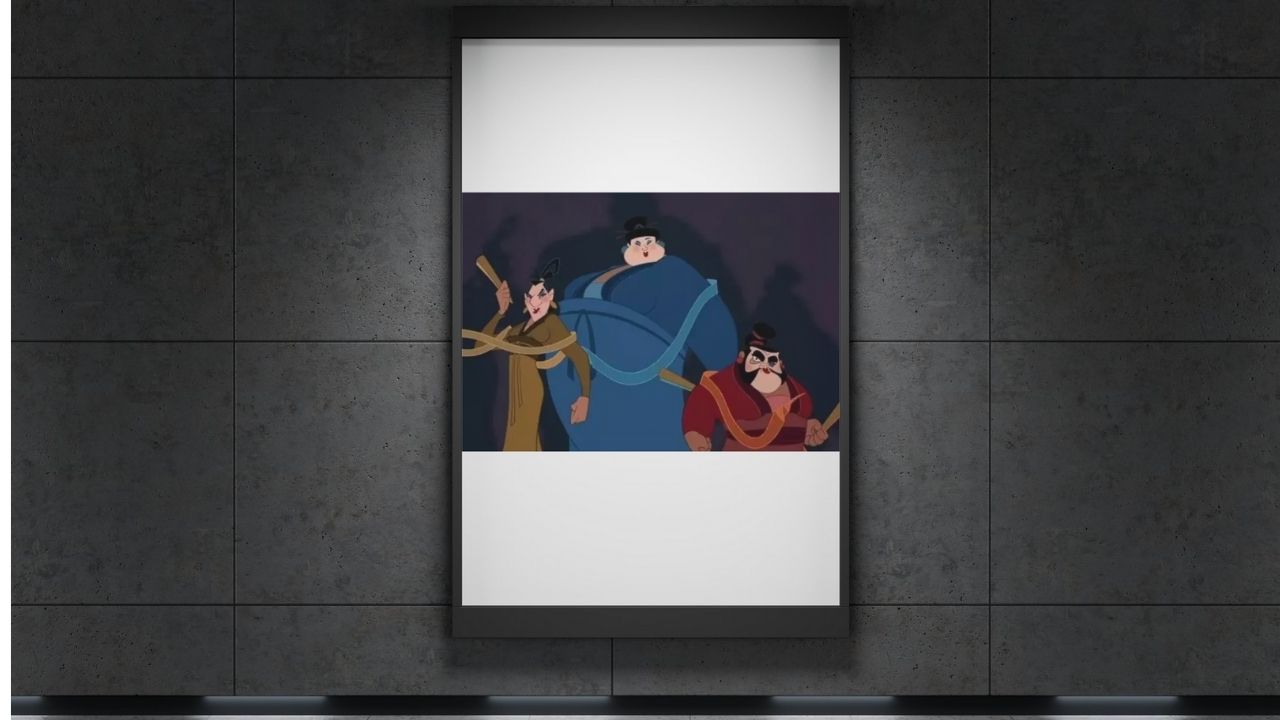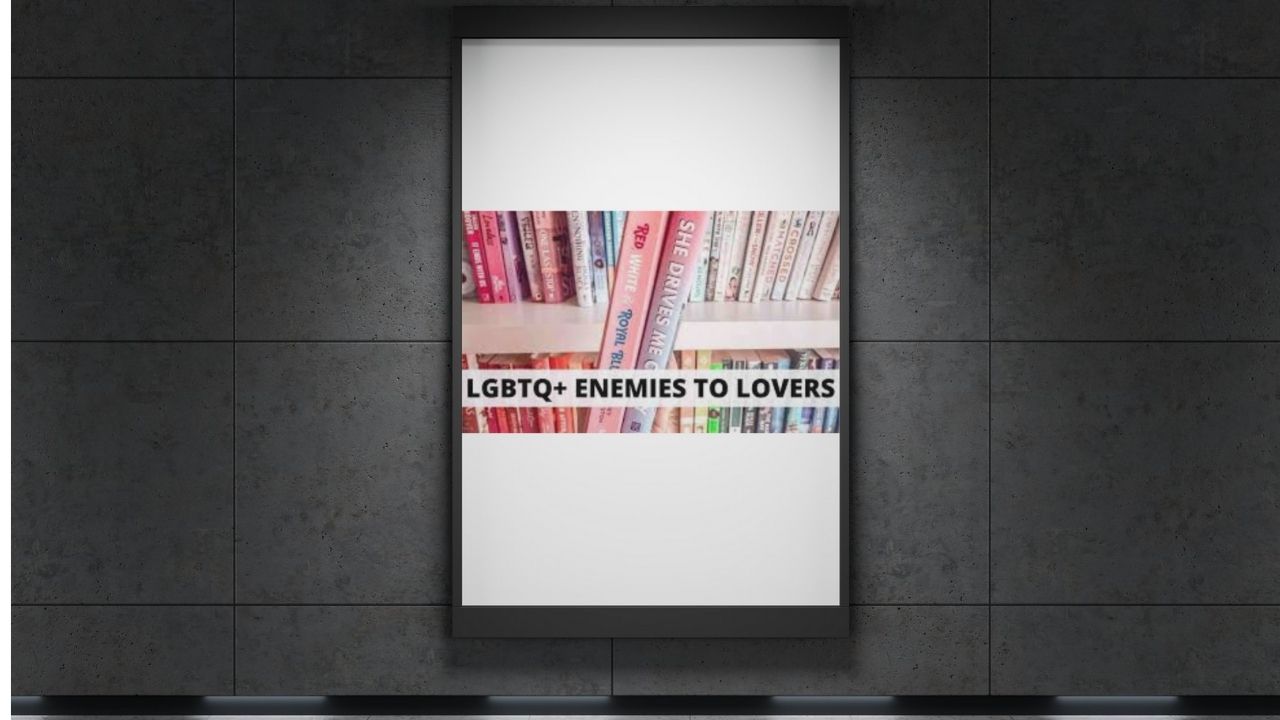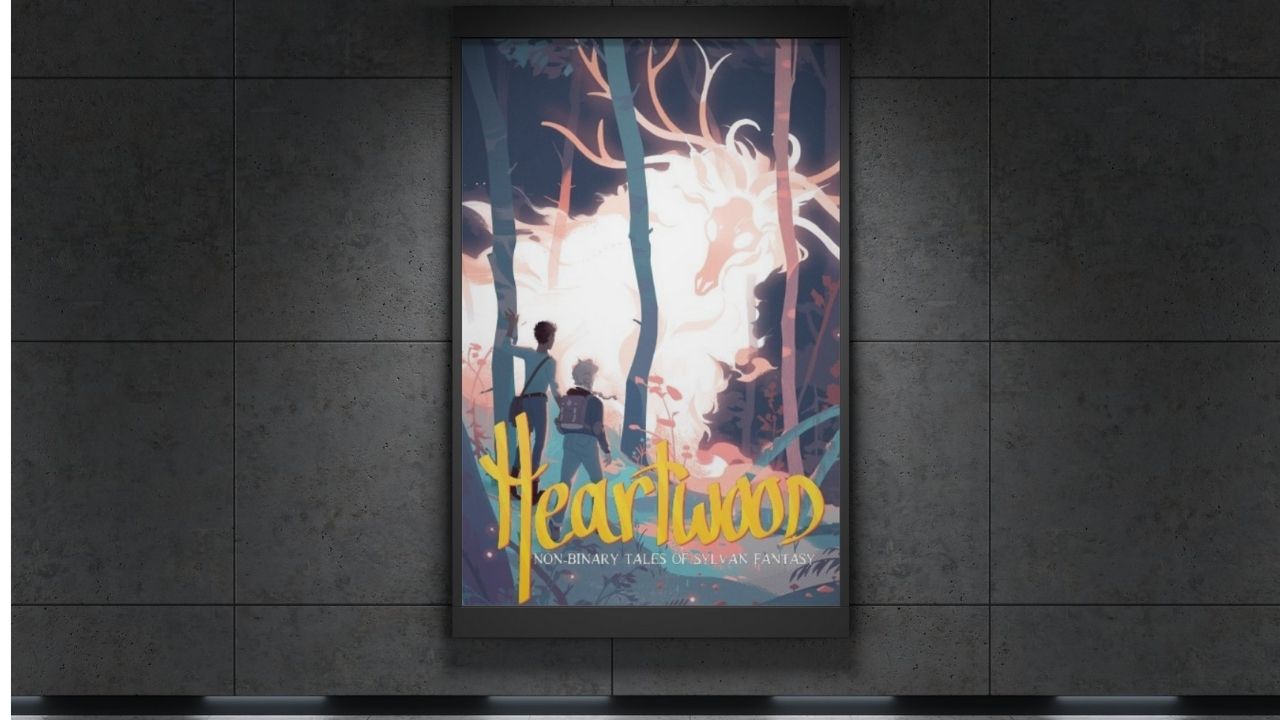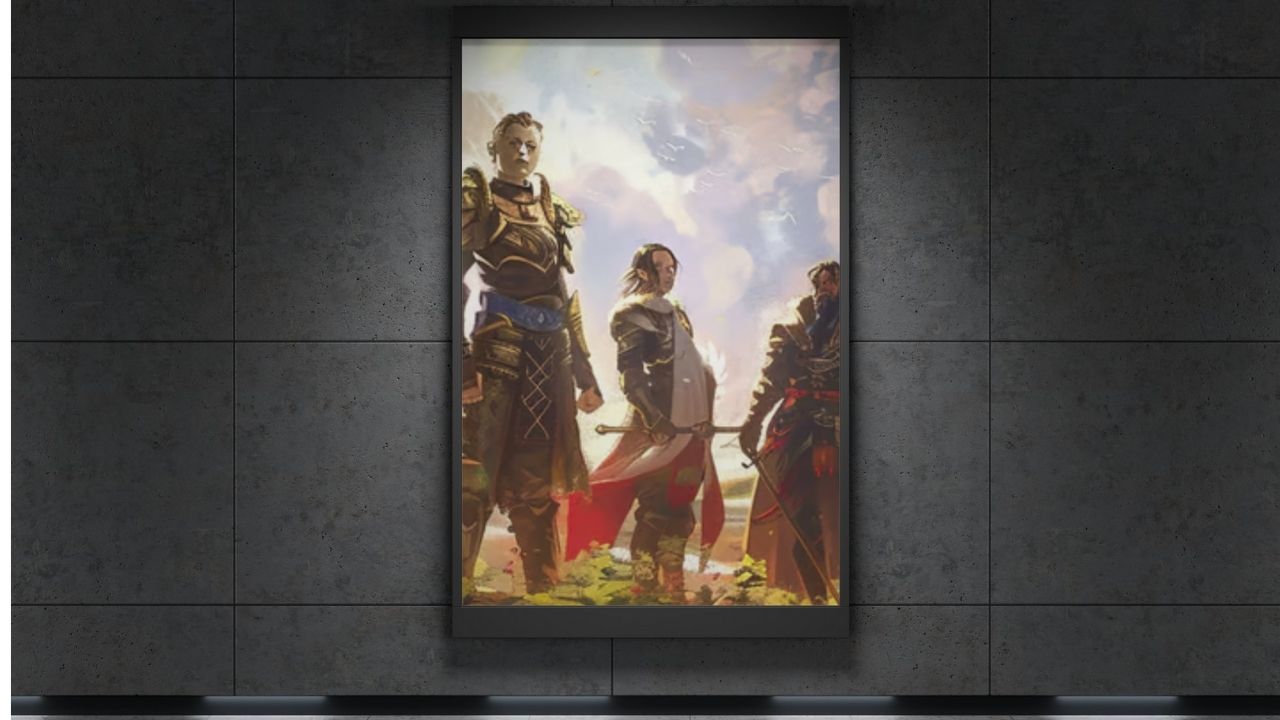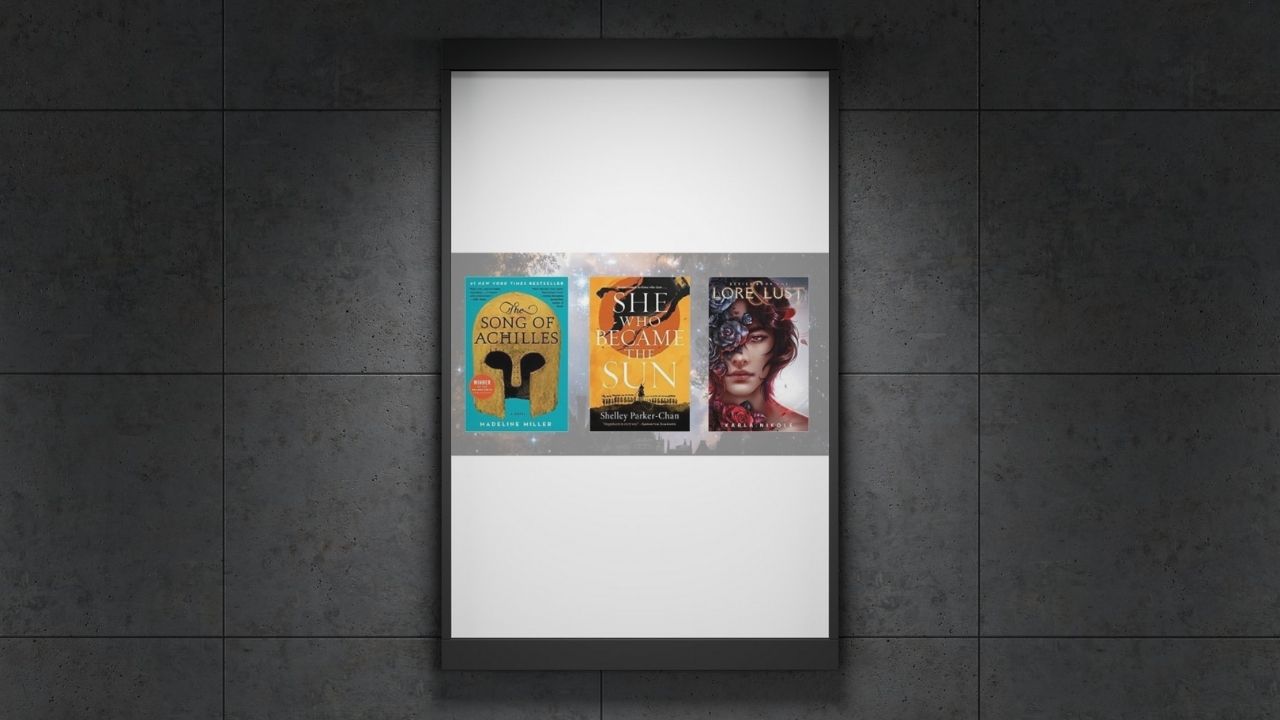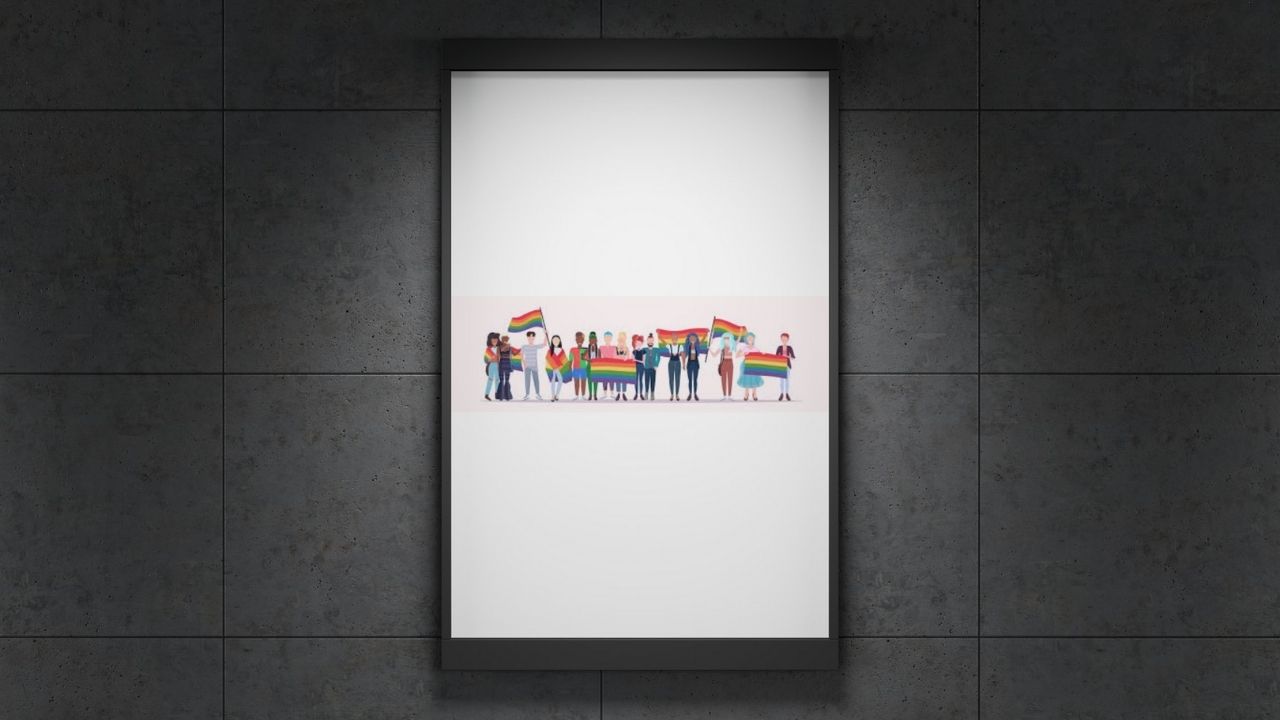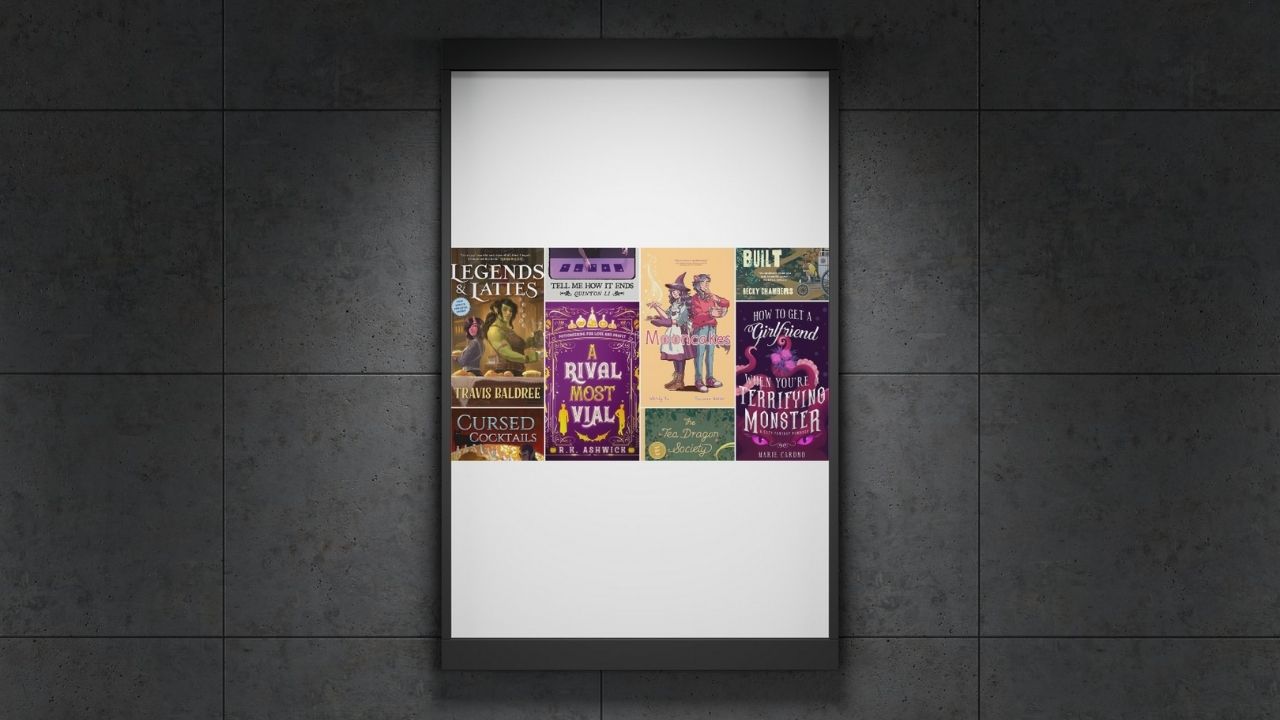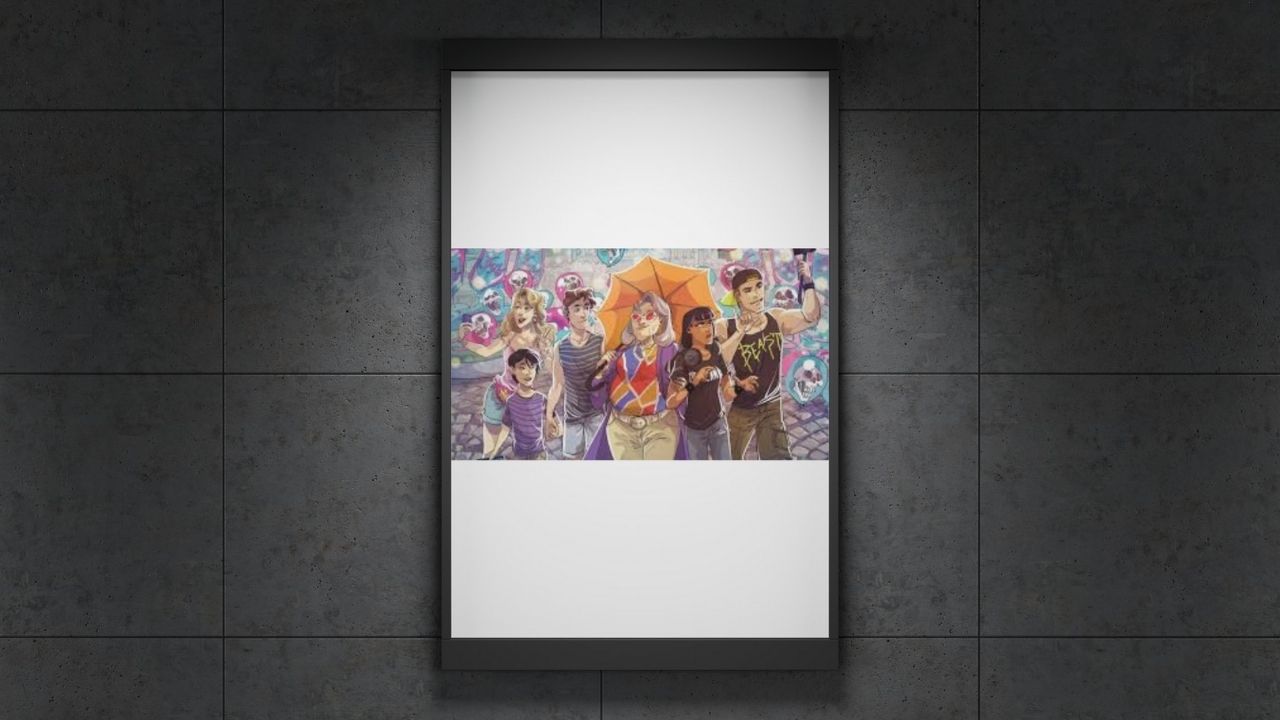Transgender representation in media has evolved significantly over the years. While early portrayals were often problematic—ranging from harmful stereotypes to complete erasure—there has been a growing push for more authentic and diverse storytelling. In recent years, transgender characters have become more visible across different genres, particularly in fantasy fiction. Fantasy, as a genre, provides a …
The rivals-to-lovers trope is one of the most beloved dynamics in fantasy fiction, known for its electrifying tension, complex character arcs, and deeply satisfying emotional payoff. It thrives on conflict—two characters pitted against each other, whether as warriors, political adversaries, or ideological foes—only to have their hatred give way to something deeper: understanding, respect, and …
Fantasy fiction has long been a beloved genre for readers who crave escapism, imaginative worlds, and epic adventures. For queer readers, the genre offers more than just a chance to explore otherworldly realms—it provides a space for identity, belonging, and representation. Fantasy allows for the creation of worlds where societal norms can be challenged, and …
Queer worldbuilding is the practice of designing fantasy settings that authentically include LGBTQIA+ identities, relationships, and cultures. It goes beyond simply adding queer characters—it involves creating worlds where diverse gender expressions, sexualities, and family structures are naturally integrated into the fabric of the setting. Representation in speculative fiction is crucial because it allows marginalized communities …
Fantasy literature has long been a realm of magic, transformation, and rebellion—making it a perfect space for exploring queer identities. Witches and warlocks defy norms, magic bends reality, and chosen families replace rigid traditions. For LGBTQIA+ readers, fantasy offers a world where identity is fluid, love is boundless, and power comes from embracing one’s true …
LGBTQIA+ fantasy novels have carved out a unique and vital space within the broader fantasy genre. These stories offer not only enchanting worlds of magic and adventure but also the powerful exploration of diverse identities and relationships. One of the most captivating aspects of LGBTQIA+ fantasy is the way it intertwines romance with magic, creating …
Fantasy literature has long been a realm of boundless imagination, where worlds beyond our own come to life. However, for much of its history, LGBTQIA+ representation was either absent or relegated to subtext. Queer-coded characters existed in early fantasy, but their identities were often veiled in metaphor or left ambiguous to avoid backlash. In recent …
Forbidden love has always been one of the most captivating themes in fantasy literature. The tension of a romance that defies the rules—whether due to magical laws, political rivalries, or societal expectations—creates emotional stakes that keep readers hooked. When combined with LGBTQIA+ representation, these stories take on even deeper meaning, reflecting real-world struggles for acceptance, …
LGBTQIA+ fantasy literature has blossomed into a vibrant, inclusive genre, offering readers a rich tapestry of stories that reflect the diverse experiences of queer individuals within magical worlds. These narratives provide more than just an escape into fantastical realms—they offer a lens through which we can explore identity, belonging, and the complexities of love and …
The world of fantasy literature has long been a space where imagination knows no bounds, but for decades, LGBTQIA+ representation was sorely lacking. Characters who identified as queer were often sidelined or reduced to stereotypes, and the stories centered on them were few and far between. However, in recent years, there has been a noticeable …

